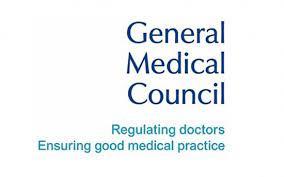Hair transplant surgery offers a permanent solution for hair loss, but the journey to your desired results involves a crucial recovery period. Here’s an overview of what to expect as your scalp heals and new hair begins to grow:
The Immediate Aftermath (1-5 days):
- Mild Discomfort: You may experience some tenderness, swelling, and redness around the transplanted areas. Pain medication prescribed by your doctor can help manage discomfort.
- Scabbing: Tiny scabs will form around the transplanted follicles. It’s crucial to avoid scratching or picking at these scabs, as it can disrupt healing and lead to scarring.
- Rest and Limited Activity: Avoid strenuous exercise and heavy lifting for the first few days to allow the scalp to heal properly.
The First Week (5-10 days):
- Scalp Sensitivity: Your scalp may feel tight or numb, especially in the donor area. This is temporary and will gradually subside.
- Scalp Washing: You’ll receive specific instructions from your doctor on when and how to gently wash your scalp to promote healing and prevent infection.
- Scab Shedding: The scabs will gradually loosen and fall off naturally. Avoid picking at them, as this can dislodge transplanted follicles.
Weeks 2-4:
- Continued Healing: The swelling and redness should significantly reduce by this point.
- Shock Loss: It’s common to experience temporary shedding of existing hair around the transplanted area. This is not permanent and signifies the hair follicles entering a resting phase before new growth begins.
- Maintaining Scalp Hygiene: Continue following your doctor’s instructions for gentle scalp cleansing and avoiding harsh products.
Months 1-3:
- Limited Hair Growth: You may see minimal to no visible hair growth during this time. This is because the transplanted follicles are still in the resting phase.
- Follow-up Appointments: Regular check-ups with your doctor are crucial to monitor healing progress and address any concerns.
Months 4-12:
- Gradual Growth: New hair growth should begin to appear, starting fine and soft. This growth will gradually become thicker and denser over time.
- Full Results: It typically takes 12 to 18 months to see the final, full results of your hair transplant, as new hair continues to grow and mature.
Medication and Potential Side Effects:
- Pain medication: Your doctor may prescribe medication to manage initial discomfort.
- Antibiotics: Antibiotics may be prescribed to prevent infection at the transplant site.
- Scalp soothers: Sprays or lotions may be recommended to soothe itchiness or dryness.
- Temporary side effects: These may include temporary numbness of the scalp, small bumps around the transplanted area, and temporary changes in scalp sensation.
Remember:
- Following your doctor’s post-operative instructions diligently is crucial for optimal healing and successful results.
- Be patient, as it takes time for new hair to grow and reach its full potential.
- Maintain healthy lifestyle habits, including a balanced diet and proper sleep, to support the healing process.
By understanding the typical recovery timeline and potential side effects, you can approach your hair transplant journey with realistic expectations and ensure a smooth path to your desired outcome.






